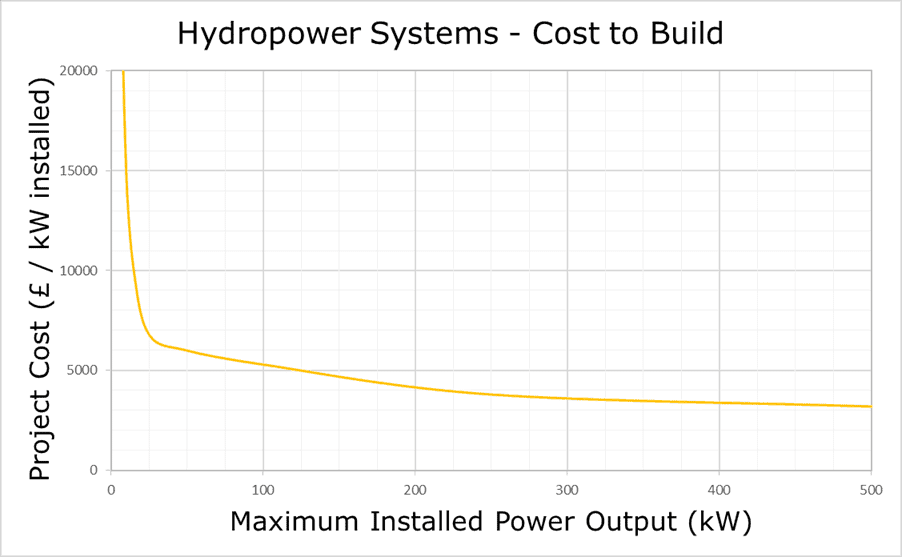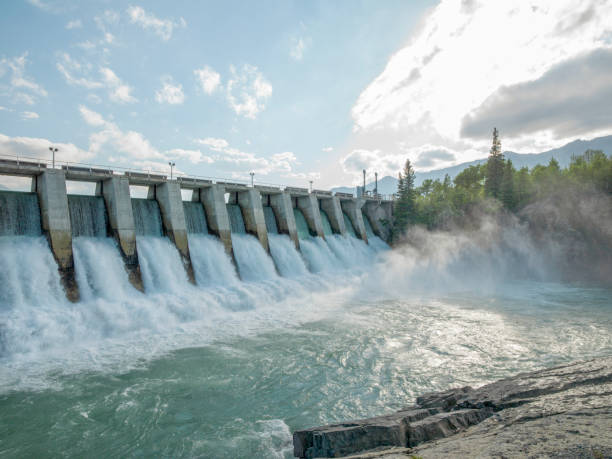The construction cost of hydroelectric power plant includes project estimation,
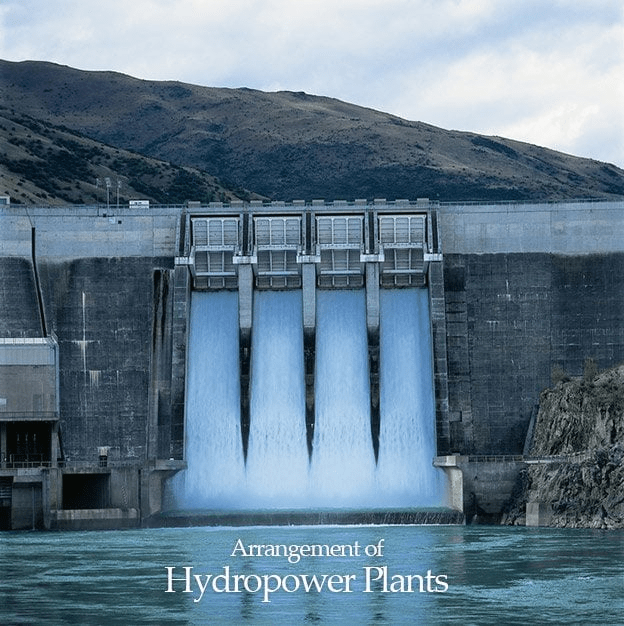
How much does a hydroelectric dam cost to build
Hydro power plant cost per kwh is a function of the size of the plant, the type of turbine, and whether or not it is a run-of-the-river plant.
Hydro Turbine Cost Estimation – Hydro Power Plant Cost Estimate
A hydro power plant requires several types of equipment to generate electricity. The most important components include the following:
Generators: These convert mechanical energy into electrical energy. They are driven by turbines which are connected to water flowing through them. The generators produce direct current (DC) which can be stored in batteries or converted into alternating current (AC) using an inverter. There are two types of generators – synchronous generators that run at a constant speed and induction generators that are less efficient but require less maintenance than synchronous ones.
Turbines: Turbines use water pressure to turn blades which in turn spin generators to produce electricity or mechanical power for pumping water from one location to another location. Types include Francis turbines, Pelton wheels and Kaplan turbines among others.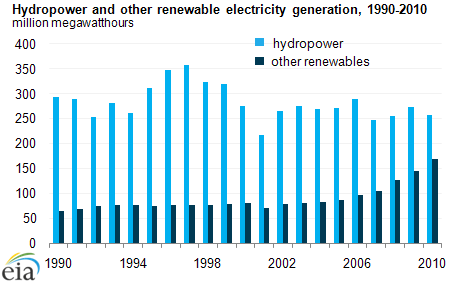
Hydroelectric power plants are the most common source of renewable energy in the world. They have many advantages over other forms of renewable energy, including low cost and high efficiency. Hydroelectric power plants use water to generate electricity. The water is stored behind a dam, which has a turbine attached to it. When the water passes through the turbine, it spins and generates electricity.
The cost of building a hydroelectric dam varies from project to project depending on its size, location, and other factors. Hydroelectric dams can range in size from small run-of-the-river structures that produce 50 megawatts (MW) or less to large dams that produce more than 1,000 MW.
hydro power plant cost per kwh
The average cost per kilowatt hour (kWh) for a hydroelectric dam ranges between $0.05 and $0.15 per kWh depending on where you live in North America (United States or Canada).
Hydropower is the world’s largest source of renewable energy and has been used since ancient times to grind grain, pump water and generate electricity. The average cost of hydroelectric power plant construction is between $5,000 and $6,000 per kilowatt. A megawatt is equal to 1 million watts and a kilowatt is equal to 1,000 watts.
A typical hydroelectric dam can have an installed capacity of 750 megawatts or more, while most hydroelectric power plants in the United States have capacities of less than 100 megawatts.
The costs associated with building a hydroelectric power plant include:
Dam construction costs: $1 billion – $10 billion.
The cost of a hydroelectric dam varies depending on the size of the dam, the type of materials used and whether it is a run-of-the-river or storage type facility.
Costs for hydroelectric dams are based on three main factors:
Size: The larger the dam, the more expensive it will be to build. A large dam can cost hundreds of millions or even billions of dollars to construct.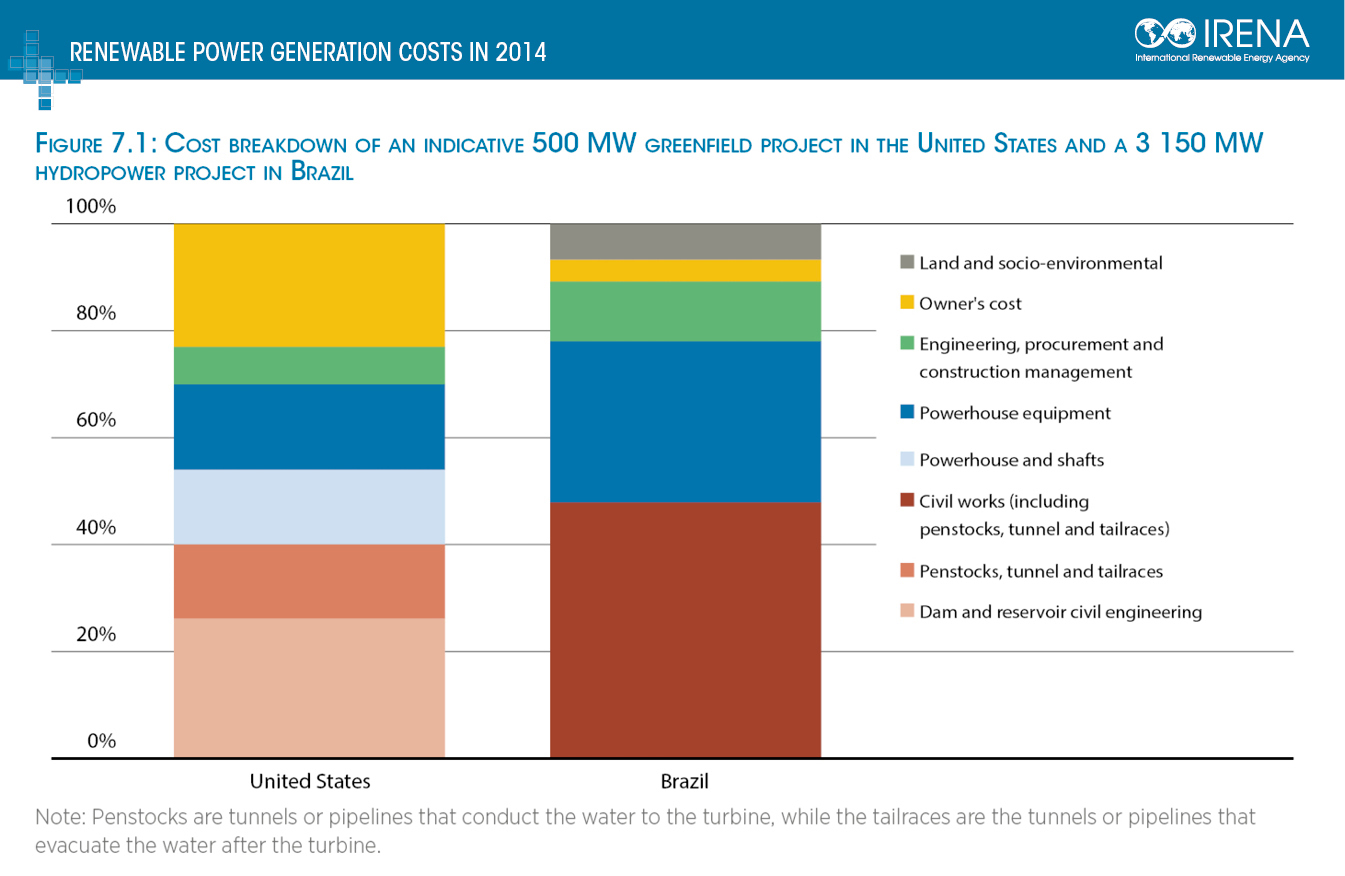
Type: The two types of hydroelectric dams are run-of-the-river and storage. Run-of-the-river dams use only water that flows through them at any given time while storage dams store water in reservoirs that can be used when needed. The type of dam being built usually dictates its price tag. Storage dams generally cost more than run-of-the-river projects because they require more complex construction techniques, such as building tunnels through mountains or hillsides to divert water into the reservoir.
Materials Used: Different types of materials have different costs associated with them, so choosing which ones to use in your project can save money on construction costs overall. For example, concrete is more expensive than steel but may last longer if properly maintained over time
The cost of hydroelectric dams is a difficult question to answer. There are many factors that go into determining the cost of building a hydroelectric dam.
The cost of building a hydroelectric dam is not the only factor that affects its price; there are also many other factors such as location, size and material used to build it. Some of the most common materials used to build hydroelectric dams include concrete, steel and wood.
The cost of constructing a hydroelectric dam will depend on the number of generators installed in it. The more generators you install in your dam, the higher its price will be because more materials are required and more workers are needed to complete the construction process on time.
As mentioned earlier, location is another factor that affects how much it costs to build a hydroelectric dam. Dams located near populated areas tend to be more expensive than those located in isolated areas where there is less demand for electricity.
The size of the dam also plays an important role in determining its cost because bigger dams require more money and time to construct them compared to smaller ones.
hydro turbine cost estimation
Hydro power plant cost per kwh depends on a number of factors. These include the type and size of the hydro-power station, its location, the costs of construction materials, labor and other expenses. The cost of electricity produced by hydro power plants is usually higher than that produced by coal-fired power plants. However, there are some cases where hydro power plants produce cheaper electricity than coal-fired plants – especially in countries with abundant supplies of water resources.
Costs associated with Hydroelectric Power Plants
The cost associated with hydroelectric power plant varies significantly depending on the size, location and complexity of the project. Some factors influencing the cost include:
• Size of dam – Smaller dams tend to be cheaper than large ones because they require less material and labor in their construction. Large dams however may sometimes be cheaper due to economies of scale; advantages that accrue from mass production. For example, larger dams tend to be more efficient since they can store more water which can be released during peak demand times; thus avoiding extra costs incurred by increasing supply from fossil fuel power stations during peak demand times.
• Location – Location is another important factor weighing down on the overall cost of building a hydroelectric power plant since it determines how easy it
Hydro power plants are the oldest type of power plants. They are one of the most efficient ways to generate electricity and are capable of producing large amounts of energy. Hydro power plants use water flowing in rivers or streams to generate electricity. The water is then allowed to flow back into the river or stream in a controlled manner.
Hydro power plants can be classified as run-of-the-river, high head and low head hydro power plants based on their design and the location where they are situated. The cost of a hydro power plant depends on its location, size, type and capacity.
High Head Hydro Power Plant Cost Estimation
The cost estimation for a high head hydro power plant varies based on its location, size, type and capacity. A high head hydroelectricity project can be estimated by considering important parameters like land acquisition cost, transmission line cost and substation cost.
A typical high head hydroelectricity project may require $2 million to $3 million for land acquisition alone depending on its location and other factors such as distance from road access point and availability of raw material for construction purposes such as rock quarries etc..
The average transmission line cost per mile is $12 million while substation cost per kVA rated capacity is $1 million..
Hydro power plants are the most widely used source of renewable energy in the world. Hydroelectricity is generated by harnessing the power of flowing water to generate electricity. The water is contained in reservoirs behind dams, and then released through a turbine that spins to produce electricity.
Hydroelectricity currently accounts for roughly 16% of global electricity production, and more than 85% of total renewable electricity generation worldwide. And unlike other sources of renewable energy, hydroelectricity has been proven to be a reliable source of power that can run 24 hours a day, 7 days a week.
The cost of building a hydroelectric plant varies depending on the size and location of the project. In general, however, hydroelectric projects are very expensive to build due to their high capital costs and complexity compared to other forms of renewable energy like wind or solar power.
Hydro Power Plant Cost Estimation
The detailed breakdown of costs for building a hydro electric plant varies depending on location and type of project involved but some key cost drivers include:
Site preparation costs – this includes clearing vegetation from land as well as removing rocks from riverbeds;
Construction materials – concrete or steel;
Labor costs – skilled workers are needed for construction
Hydro turbines are water turbines that convert the energy of flowing or falling water into mechanical or electrical energy. The force of the water striking the blades of a turbine rotates the turbine, which in turn rotates a shaft connected to an electrical generator or other machinery. Hydroelectricity is generated when high pressure water hits the turbine blades.
Hydro-turbines are used to generate electricity from rivers, waterfalls and other bodies of water. The first hydro-turbines were introduced in France in the late 18th century. A hydro-turbine produces power by taking advantage of the kinetic energy in moving water to turn a turbine wheel, which then spins an electric generator to produce electricity. Hydro-power plants can be located far from any major city center, because they don’t require fuel for operation and are not susceptible to blackouts when central power systems fail.
Hydro power is the largest source of renewable electricity in the world and it is growing fast. In many countries, hydro power is either the largest or second-largest source of electricity.
Hydro electricity is generated by water moving through a dam’s turbines and turning them into electricity. Hydroelectricity can be used to generate huge amounts of electricity as long as there are rivers that flow over mountains. Most hydroelectric power plants have dams and reservoirs that store water during periods when there is plenty of rain or snowfall, so that they can use this water during dry periods when not much water flows through rivers and streams.
The cost of a hydropower plant depends on its size and how much energy it produces — more capacity means higher costs per unit of energy produced. Small plants may cost $10 million or less; large plants can cost hundreds of millions, even billions of dollars.
financing, equipment manufacturing and installation. The cost is mainly affected by the site conditions like dam location, water depth, inflows and type of turbine as well as other technical parameters like hydraulic capacity and head, total annual electricity generation, generating method and annual operating hours.
Hydroelectricity power station costs per kilowatt vary depending on a number of factors. Among the most influential are the type of plant, considering that plants with more specialized designs, like pumped-storage and run-of-the-river ones, tend to cost more than conventional ones that use dammed water; the location where it is to be built, as plants located in remote areas require building extra transmission lines and substations; and how much capacity it is to have.
